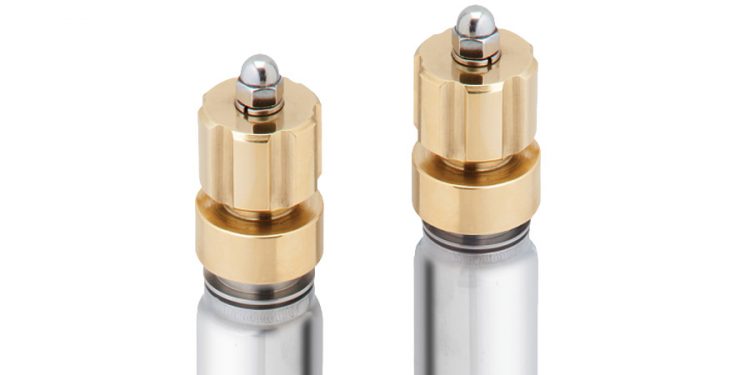Table of Contents
Introduction
Industries use numerous equipment that eases the transportation and transferring process of the material to a great extent. The different types of hoses, valves, containers, and docks help move the material from one place to another.
And cryogenic valves are among the most used valves by companies dealing with cold applications. Cryogenic valves can withstand robust temperature conditions and thus can bear low temperature and high-temperature conditions with great ease.
Essentials aspects of Cryogenic valves
These valves are most commonly used by companies that deal with Liquified Natural Gas and Compressed Natural Gas. These valves are also used in the oil and petroleum industry that deal with low temperature and high-pressure conditions.
Some gasses are not termed cryogenic because they need pressure increase to reduce the volume. Instead, temperature decrease also plays a significant role in these materials. Cryogenic gate valve can withstand the temperature range of -238°F to -290°F to make sure the materials are transported securely.

Cryogenic valves are ideal solutions to transport and store different oils and petroleum materials without altering their temperature and pressure.
These valves are other than standard valves due to their ability to withstand pressure conditions as high as 750 psi, in addition to temperature conditions. These valves are fully functional in a different range of temperature and pressure.
The underlying guide is all about studying the working of cryogenic valves and their applications in the industrial world.
Working of Cryogenic Valves
These valves’ primary purpose is to contain the gasses and liquids closed in the position securely so they do not prove to be hazardous. Cryogenic gasses are stored under high pressure and low-temperature conditions, making them extremely dangerous. And thus, even a tiny leakage in a hose can result in devastating results.
Cryogenic valves help keep them secure and prevent the chances of accidents as far as possible. These valves come in numerous types depending on their applications and have robust strength to withstand maximum temperature and pressure conditions.
These valves are often kept closed to secure the gasses or other medium used. It reacts with the high pressure and pushes the valve to open to transport the gasses or other material. The pressure ensures that the flow is steady and doesn’t create a bulge or a gap in the hose.

The steady flow continues till the pressure drops. Once the pressure is decreased, the valve shuts down automatically, making the entire system secure again. The valve gets sealed with the special metal seat creating a bubble-tight shut-off and preventing the leakage of all types.
These valves are often operated with a beny dc insulator to ensure the working is completely automated with the electricity supply. It adds more security to the entire system, aiding better convenience and safety.
The role of this insulator switch is to ensure the cut-off of the power supply when needed without overloading the system. When integrated with the valves, these switches add more security to the supply of materials.
There are no chances of leakage due to the valve and switch, ensuring that the valve is closed immediately as the pressure drops.
Why are other valves not effective?
The answer to this question lies in a single word, Sensitive. Cryogenic gasses are extremely sensitive and can cause devastating effects if not handled properly. A slight elevation in the temperature and pressure can result in severe damage. Besides, if there is a leakage in the system, the conditions can get worse.
A small leak in the hose or the valve can change the temperature and pressure condition of the material. It makes the gas extremely dangerous. Besides, these gasses are highly flammable.
And thus, exposure to temperature differences or contact with electricity or water can cause severe damage. And this damage is not limited to expenses. It can affect the property and inventory to a great extent.

Standard valves are sensitive to extreme temperatures and pressure. And hence undergo contraction and expansion with the change in temperature or pressure. Besides, getting exposed to hot and cold conditions can also affect their composition. It results in breaks, cracks, and undesirable leakage, which can be dangerous.
And hence, standard valves are not used with Cryogenic gasses as they can’t withstand this sensitivity of the gasses and might get damaged in the first use. To prevent damage to the inventory, hisea dock, the plastic floating dock is used. These help transfer the materials securely and save inventory damage in extreme conditions.
Conclusion
Cryogenic valves are a must-have in the petroleum industry and dealing with cryogenic gasses. These valves are available in multiple types aiding better options according to the material.
The working principle of these valves remains the same, and the only thing that differentiates their types is their construction and the material that obstructs the flow of the material.

















